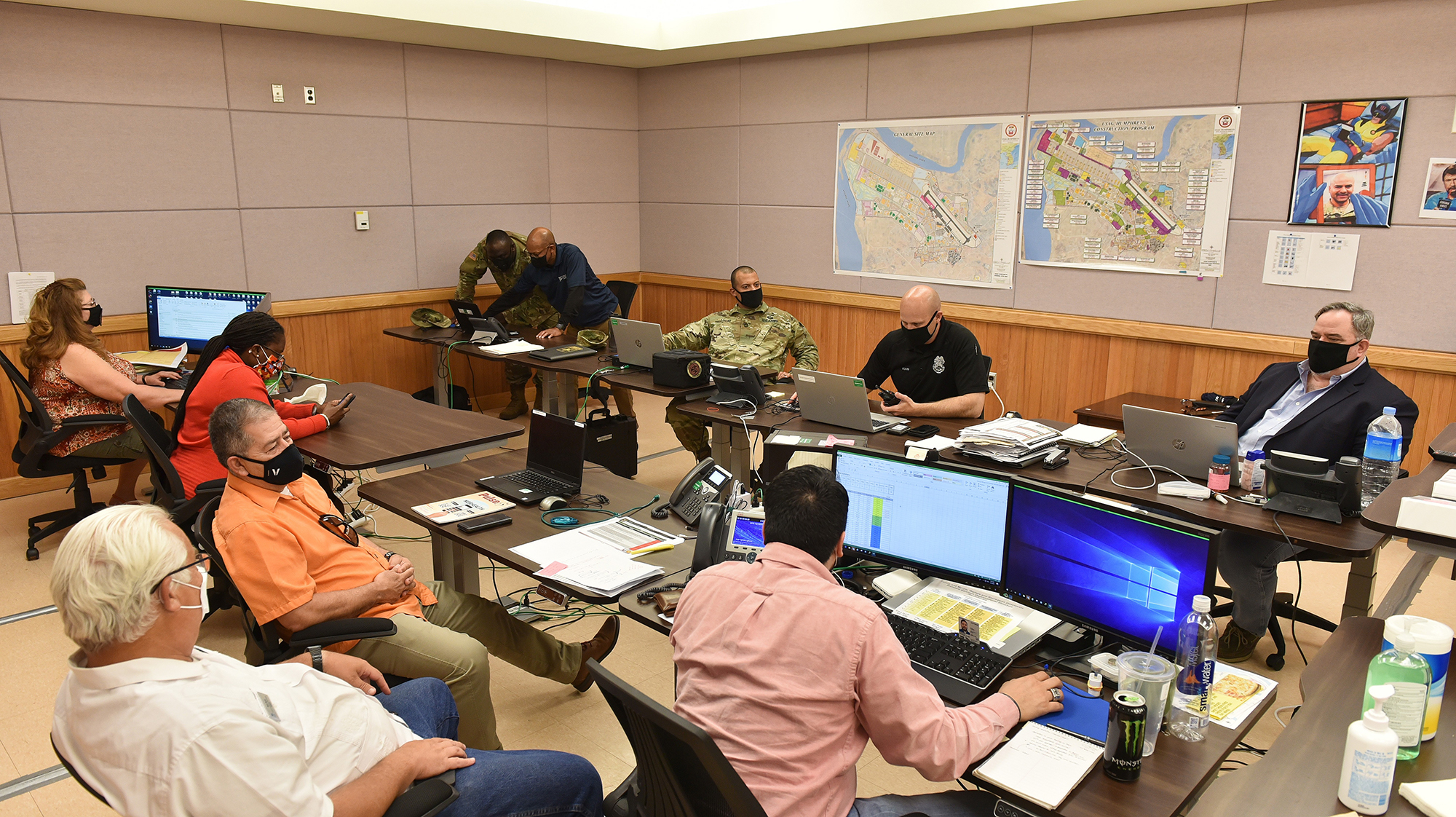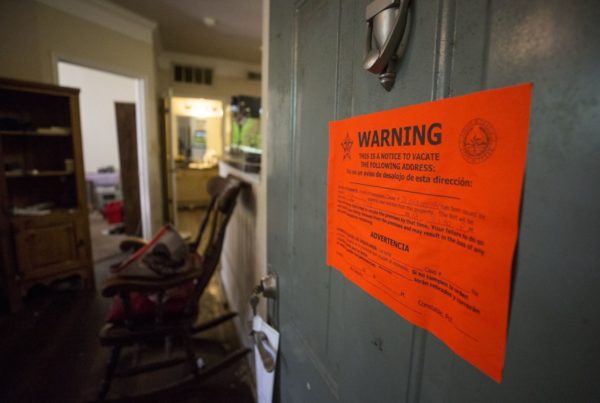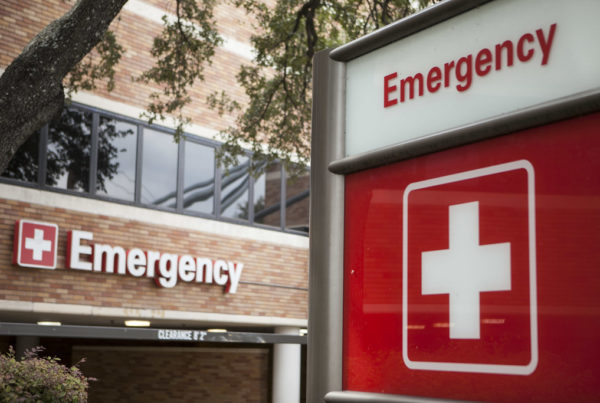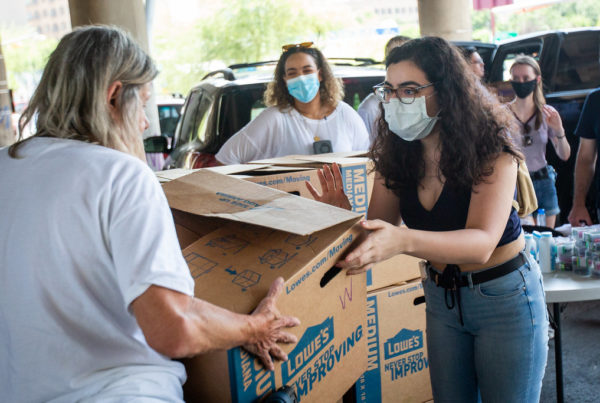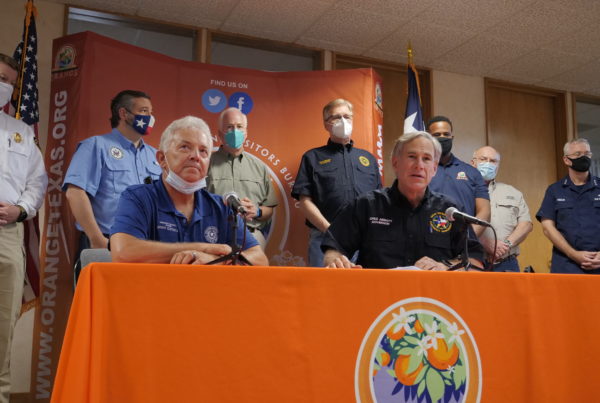The answer to the question, “How many people have contracted the coronavirus in Texas?” depends on who you ask.
State health authorities will give you one number; individual counties will give you another.
The discrepancy makes it difficult to gauge exactly how the virus has affected Texas, especially when the state’s contact tracers can’t keep up with all the cases that come across their desks.
Alexandra Villarreal, a Texas-based freelance reporter for The Guardian, spoke with the Texas Standard about her story on the state’s problems with coronavirus data and contact tracing.
Testing Delays
In late April, when Gov. Greg Abbott outlined plans to gradually reopen Texas’ economy, he said that contact tracing would be a key part of the state’s strategy to contain the coronavirus.
But so far, contact tracing in Texas has not been robust enough to keep pace with the virus’ spread. There are about 4,000 contact tracers in Texas – half are employed by the state, half by local health departments, according to the Texas Department of State Health Services. This hasn’t been enough to rapidly respond to new coronavirus cases. Villarreal spoke with one county judge who described local contact tracers’ efforts as a “reverse alert,” meaning they alerted people about potential exposure to the virus long after it happened.
That’s partly because although test results are now typically reported to patients within a couple days, it could take weeks or months earlier in the pandemic. Such a delay renders those tests “essentially useless,” according to Ashish K. Jha, a professor of global health at the Harvard T.H. Chan School of Public Health, who spoke to Villarreal.
Data Discrepancies
There are also discrepancies in the state’s coronavirus data versus local health departments’ data.
For example, in Harris County, the local health department has reported over 1,200 deaths related to the coronavirus. But the state’s data puts that figure at over 2,000 deaths. That’s because of how the data is being collected: the state uses death certificates to count COVID-19 deaths, while city and county health departments rely on reports from local health care providers.
“Across the board, counties talked about [how] they trusted their data more just because it was usually more updated and more exact to their situation,” Villarreal said.
To read Villarreal’s story in The Guardian, click here.


